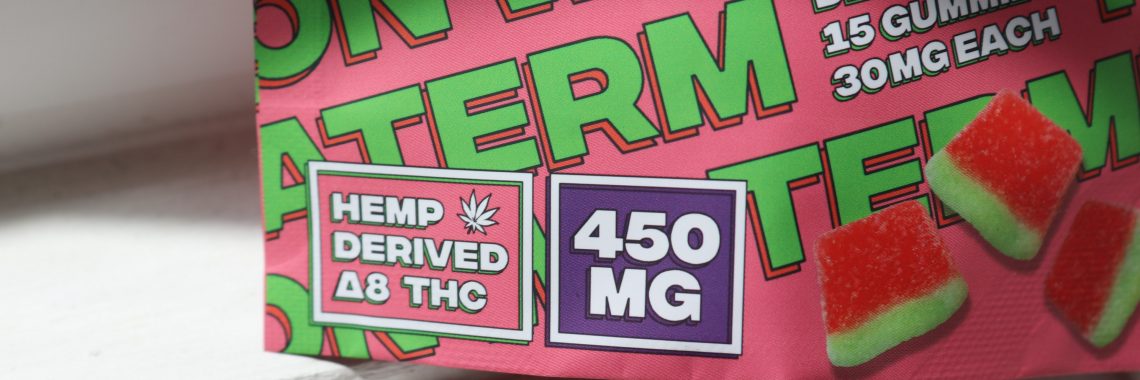Arkansas Senate Passes Bill Prohibiting Delta-8 and Other Drugs Made From Cannabis

On Wednesday the Arkansas Senate passed a bill that would prohibit Delta-8 THC in Arkansas.
S.B. 358 by Sen. Tyler Dees (R – Siloam Springs) and Rep. Jimmy Gazaway (R – Paragould) would prevent Delta-8 THC from being manufactured or sold by placing it and other psychoactive drugs made from cannabis on the list of controlled substances in state law.
Delta-8 THC is a mind-altering substance made from cannabis, and Arkansas law does not adequately prohibit it.
S.B. 358 also contains language enacting drug restrictions that would take effect if a state or federal court someday blocked Arkansas from prohibiting Delta-8 altogether.
The bill now goes to the Arkansas House of Representatives for consideration.
The Following Senators Voted For S.B. 358
- J. Boyd
- J. Bryant
- Caldwell
- L. Chesterfield
- A. Clark
- Crowell
- B. Davis
- Dees
- J. Dismang
- J. Dotson
- J. English
- Flippo
- Gilmore
- K. Hammer
- Hester
- Hickey
- Hill
- Irvin
- B. Johnson
- M. Johnson
- B. King
- F. Love
- M. McKee
- R. Murdock
- J. Payton
- C. Penzo
- J. Petty
- Rice
- Stone
- G. Stubblefield
- D. Sullivan
- C. Tucker
- D. Wallace
The Following Senator Voted Against S.B. 358
- G. Leding
The Following Senator Voted “Present” on S.B. 358
- S. Flowers





